50% Off Installation: Summer Savings Are Here! Book Your FREE Estimate Today – Don’t Miss Out!
There’s nearly no other season that homeowners place such a large emphasis on curb appeal than springtime. It’s no surprise that your exterior siding is directly related to curb appeal, and vinyl siding happens to be one of the most popular options in New England. That’s why it’s important to think about maintaining your vinyl siding in the spring—luckily, there isn’t too much to maintain! However, it’s important to watch for specific warning signs to catch problems early before they worsen. This spring vinyl siding guide can help if you’re looking for your New England siding!
When it comes to vinyl siding maintenance, you’ll be happy to hear that there is not a lot involved. Here are some tips to make sure your siding is in good shape for spring. Keep in mind that premium spring siding materials will make a difference in your home’s performance throughout the year!
This is one of the more ominous issues when it comes to your home exterior.
Moisture damage will directly impact the siding performance. However, vinyl siding is a non-porous and sustainable siding material. This means that water will not penetrate the exterior and cause problems like rot. That’s why you need durable siding for spring weather–and vinyl is a top choice for New England homeowners!
With wood siding, it’s a different story. You may see holes in your siding too. You will need to look for signs such as:
Since wood is an organic material, this makes it a good source of food for insects. The bad news is that it can ultimately end up destroying wood siding. This is why many homeowners choose to switch from all wood siding to new vinyl. These issues can cause long-term damage to your home if left unchecked, so it’s crucial to monitor them.
The better news is that there are plenty of options for exterior vinyl wood siding, all without the worry of moisture damage and wood rot.
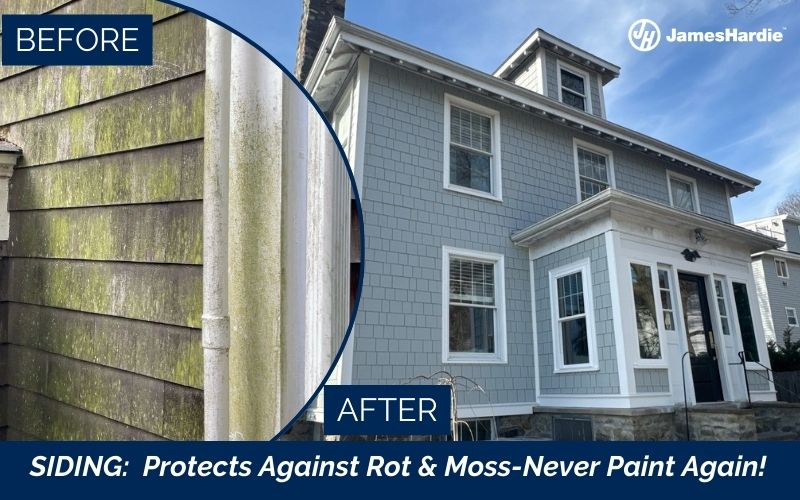
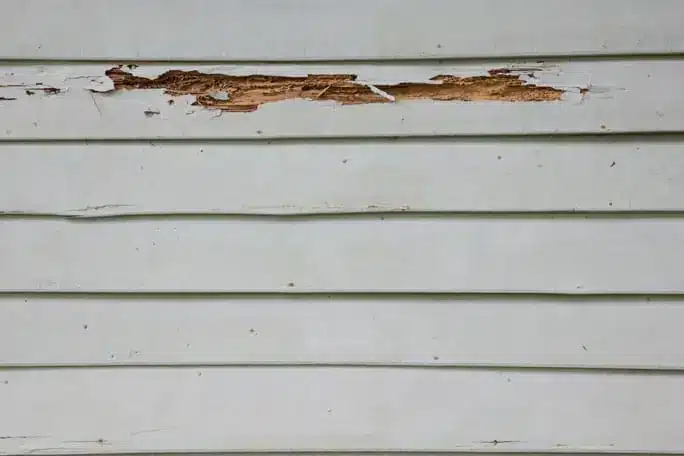
When it comes to replacing siding on a house in the spring, you’re doing yourself a favor by deterring insects. Our vinyl siding is treated to repel insects, even termites!
According to Progressive Foam, “Termites destroy wood in foundations, walls, and roofs of houses, and the damage they leave behind can be an expensive and difficult task. Most people aren’t aware of the damage caused by termites until it is too late to eliminate them.” We incorporate a termite inhibitor in our insulating foam for several reasons:
All it takes for a termite infestation to begin is an entry point of 1/32”. If your old wood siding is filled with holes or loose panels, it’s inviting these pests to further destroy the exterior. This is why ensuring you have fire-resistant siding options or upgraded fireproof home siding can protect you not just from pests, but from fire hazards too.
Meanwhile, termites need a warm and moist environment to thrive. Wet wood siding serves as a haven. However, if moisture is found behind the panels of old vinyl siding, an infestation can still begin. Remember that termites tend to gravitate to untreated wood siding.
Tip: Foam back vinyl siding does more than just save energy; it protects your home from insect damage.
Many homeowners ask how to clean vinyl siding. What is the correct way to wash vinyl siding in the spring?
There is one warning that we need to make clear: it’s a bad idea when it comes to pressure washing a house with vinyl siding!
Over time, atmospheric dirt may stick to the siding. Cleaning vinyl siding is easy, and there are several ways to approach cleaning this exterior:
Avoid using cleaners that contain nail polish remover, furniture polish, or undiluted chlorine bleach. If scrubbing your siding doesn’t do the trick, consider contacting vinyl siding contractors for a new spring upgrade!
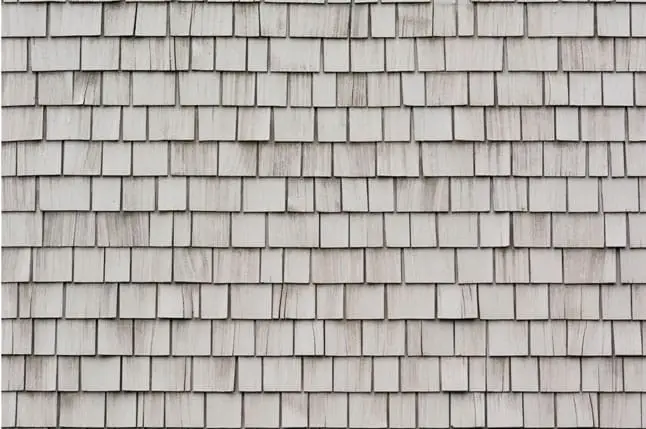
Cracks or breaks in the siding can cause water leaks in your home, especially during the rainy spring season, or if you wash the exterior with a garden hose.
Tip: Don’t forget to look at your interior walls for damage. If your vinyl siding is cracked or broken, it can’t protect the exterior walls. This may result in interior wall damage, such as cracks. Consider contacting James Hardie contractors for an inspection if your siding is old and beginning to crack.
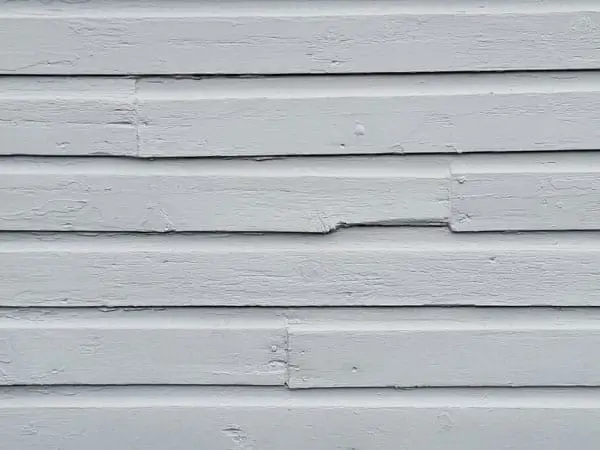
Check to make sure that your vinyl siding is properly installed. This means that the panels are positioned straight on your exterior. If the siding panels are not properly installed, they won’t effectively protect your exterior from the elements.
If any of the above is discovered, you will need to have your siding either repaired or replaced. Allowing your exterior to be exposed to the elements will result in major problems. Experienced vinyl siding contractors or James Hardie siding installers can evaluate your siding’s condition and suggest the best course of action.
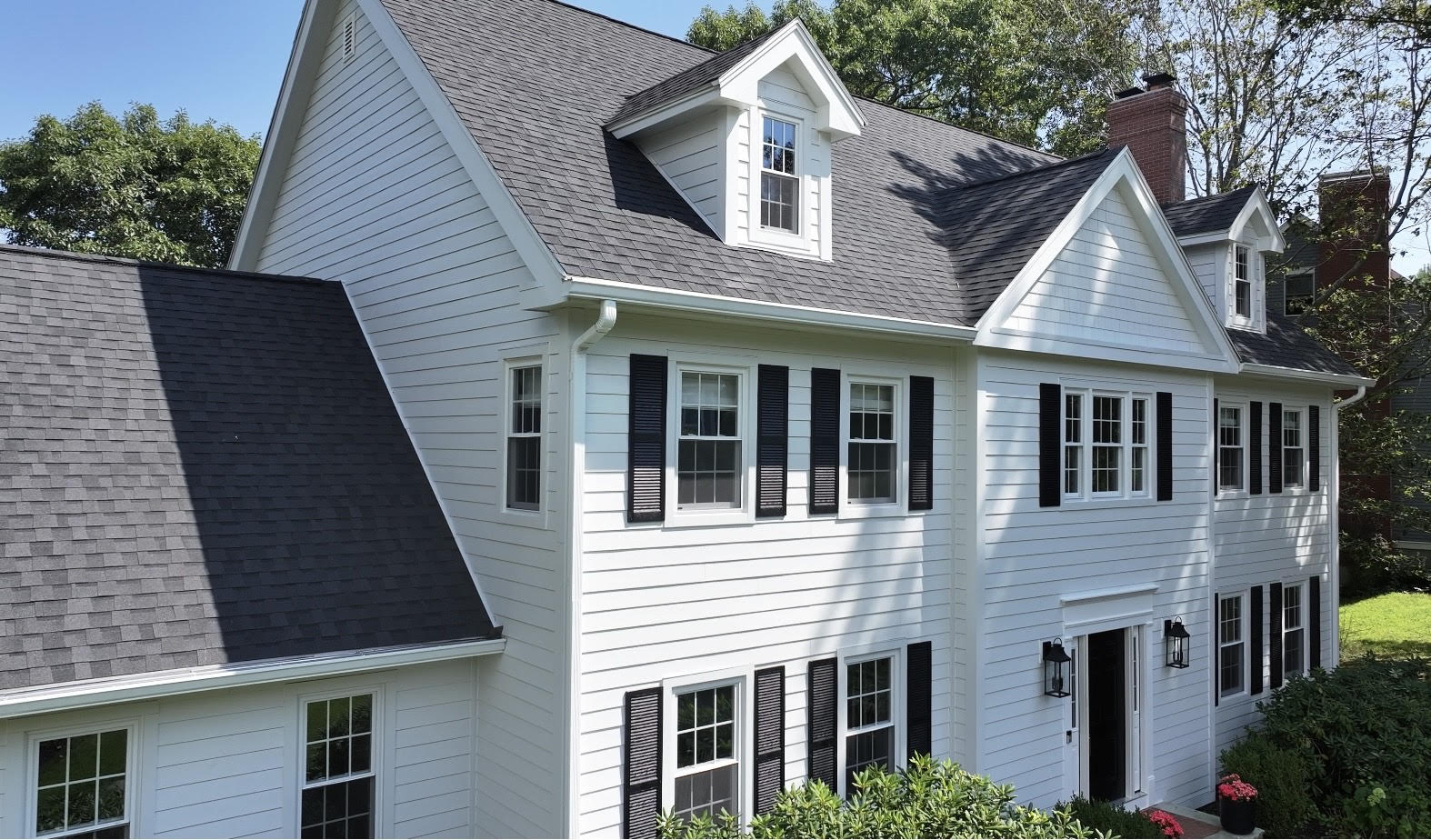
When it comes to fire safety, the material of your siding can make all the difference. Wood siding is highly flammable and can ignite quickly, spreading flames throughout your home. If your home is still equipped with wood siding, you may be putting it at risk, especially during fire-prone seasons.
Switching to vinyl siding or James Hardie® fiber cement offers much better protection. Vinyl siding is self-extinguishing and doesn’t ignite until it reaches 750°F, while James Hardie siding is non-combustible and provides Class-A fire resistance, making it one of the safest choices. If your siding isn’t protecting your home from fire, it’s time to consider an upgrade. Contact our professional James Hardie contractor or vinyl siding contractor to discuss fire-resistant.

Discoloration can be a major concern with some siding options, especially if you’re dealing with cheaper materials that lack protection from the elements. Over time, sun exposure, weathering, and wear can cause the color to fade, affecting your home’s curb appeal.
To avoid these issues, consider upgrading to high-quality siding options like ChromaTrue® vinyl siding, which offers fade resistance and a strong protective layer against the sun and weather. Additionally, James Hardie® siding with ColorPlus Technology provides long-lasting color that resists fading, cracking, or chipping, keeping your home looking vibrant and beautiful for years. If you notice signs of discoloration, it may be time to look into these more durable options.
Ready to transform your curb appeal this spring? We’re standing by to give you a siding inspection and quote for new vinyl siding replacement! We’re the spring siding replacement experts who will improve the performance and beauty of your home. Custom spring siding designs are available!
Find best quality vinyl siding for your house that can withstand the damp and rainy weather of spring in New England. With a variety of colors to choose from and in-stock vinyl siding available, contact us now for a quote and learn about our affordable spring siding solutions.
Whether you are considering fire resistant siding or upgrading to James Hardie siding colors, we are happy to help guide you in making the right choice for your home.
© Copyright 2025 – Coastal Windows & Exteriors.
Request a free No-Contact Estimate
Ready to see your dream home? Request a free no-contact estimate today or speak with one of our representatives.
Oops! We could not locate your form.
Ready to see your dream home? Request a free no-contact estimate today or speak with one of our representatives.
Request a free No-Contact Estimate
Request a free No-Contact Estimate
Oops! We could not locate your form.
Request a free No-Contact Estimate
Oops! We could not locate your form.
Request a free No-Contact Estimate
Oops! We could not locate your form.
Oops! We could not locate your form.
"*" indicates required fields